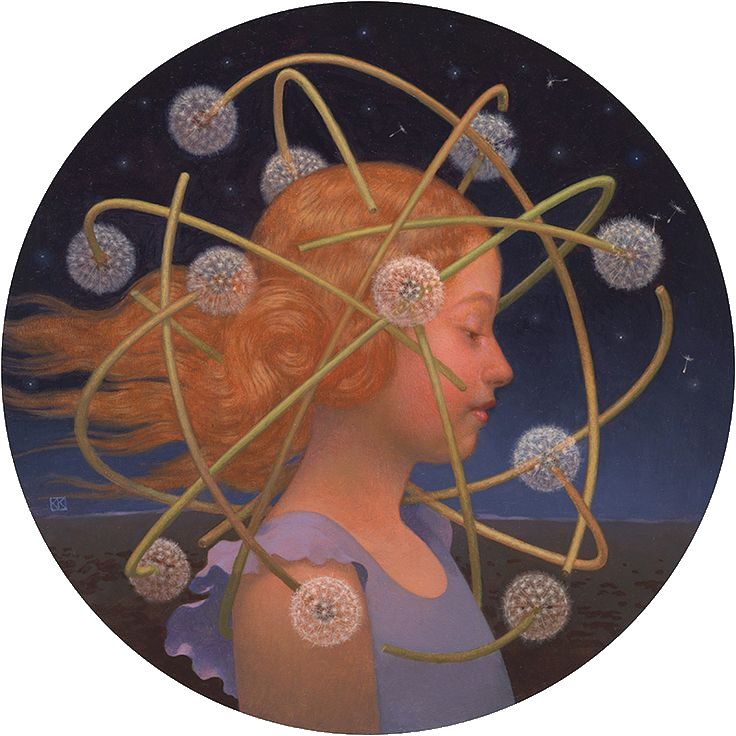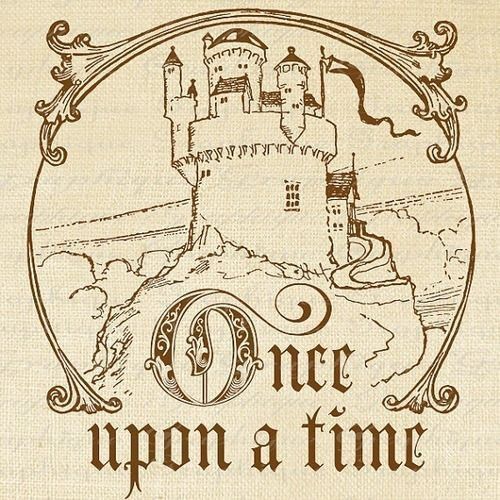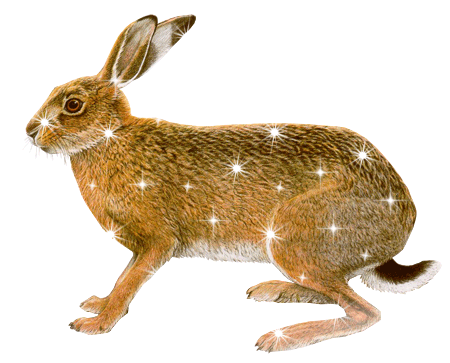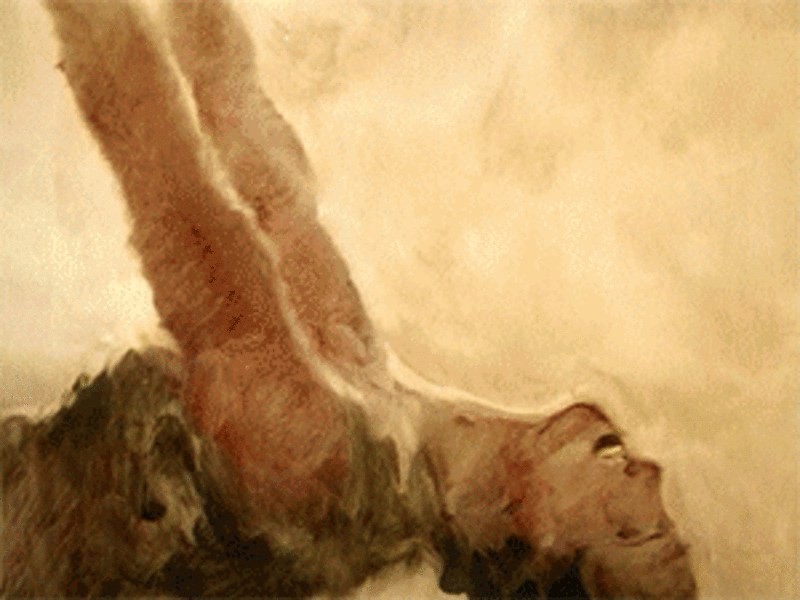
Abstract



Fairy tales have long been important cultural touchstones, simultaneously mirroring the truths of the societies they are told in and proposing an ideal vision of the future. For women, this history has been a perniciously distorted one. Despite their importance in the world of folklore, women are boxed into flat, archetypal positions—even when positioned as narrative centers. Among the most common archetypes are three which I have dubbed the witch, the matriarch, and the marriage-minded maiden. Examples of heroines and villainesses exist within each of these categories, the separating factor being a woman’s designation as either good or evil. This binary villainizes certain qualities in women that are dangerous to patriarchal standards—age, power, and autonomy, to name just a few. Predictably, this false dichotomy upheld in the brunt of classic fairy tales also endorses other, more subdued female traits to their impressionable young audiences. Despite the patriarchal brush many beloved fairy tales are painted with, there do exist characters who rightly represent women as nuanced and active, capable of carrying their weight in stories as complex people worth taking interest in. This essay examines the positions of the heroine and the villainess and what they say about women’s representation and perceived personhood in society. Talk of recontextualized feminine figures ties discussion of classic female villainization and virtue to modern feminist perspectives on womanhood. The spectrum of a woman's projected and perceived worth in classic storytelling, the longer-term ramifications of those expectations, and female subversion are all explored in this work.